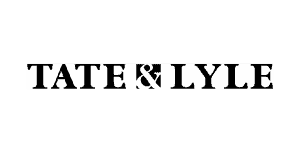A holistic approach to noise control provides the best results. What you need to do is look at sources of noise, the paths noises take, and how the sounds can escape through things like ducts and vents. You can then ensure you have suitable measures in place. This can include silencers, enclosures, and materials to dampen vibrations.
The latter is what we want to focus on in this article. Vibration can cause an excessive amount of noise. It primarily comes from mechanical sources, such as plant, boilers, and any systems with fans. You can also find vibrations coming through frames, mounts, and even floors in some industrial properties.
What to do?
One of the ways to approach noise control here is to look at vibration damping. There are several options, but they all have a similar basic idea. What you do is use thin materials to dissipate some of the vibration, hence reducing the sound.
There are two common techniques to look at here. Firstly you can go for unconstrained layer damping. This involves applying a high damping material such as rubber. When a vibration occurs, the material will stretch and dissipate some of the energy as heat. It can make the noise quieter.
The second option is constrained layer damping. It is an interesting option where you create a laminated sound deadened panel by using two metal sheets with a high damping material in between. This arrangement can dissipate almost all vibration energy. As a result, it can be far more efficient.
You need to make sure you choose the right option here if you want to maximise noise control. As we just said, the second method is more efficient. It also has advantages in terms of being low maintenance and more hygienic. However, unconstrained is easier in terms of retrofitting and is cheaper. You can still achieve a good reduction in noise here, generally from 5-25dB(A).
Applications
You can use vibration damping for a huge array of applications. For example, it is viable for noisy chutes, hoppers, and conveyors. In addition, you can use it to address noises vibrating from tanks, machine guards, and even chiller panels.
There is a limitation to keep in mind here though. As sheets get thicker, the efficiency drops. It is much harder to reduce vibrations and noise if the substrate is over 3mm thick.
Speak to us about noise control
While vibration damping can be a really useful method of tackling noise, you may need others too. For example, silencers may be necessary for intakes, outlets, and more. You can combine these different options to get holistic noise reduction.
At Ventx we specialise in silencer design. Our years of knowledge and market leading resources ensure we can support clients in many industries. We can work with you to prioritise noise control to improve safety and performance. So, if you need help, please contact us.









